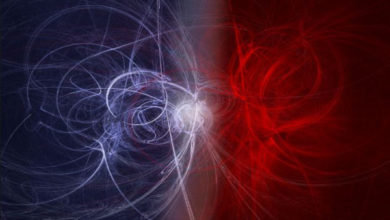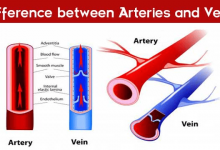What is Adenosine Triphosphate ATP? | Importance & Role of Mitochondria
(Why only ATP is used as energy source?)
Adenosine triphosphate is generally abbreviated as ATP. It is found in every living cell. It is an essential chemical of life. It plays a key role in most biological energy transformations.
Why is ATP called adenosine triphosphate?
Conventionally the “P” stands for the entire phosphate group. The second and third phosphate molecules have high energy bonds. On hydrolysis, these bonds release more energy than the other bonds of the ATP molecule.
The breaking of the terminal phosphate molecule of ATP releases about 7.3 Kcal of energy. So, the cell can store a large amount of energy in a very small space. This energy in the form of ATP is always ready for use.
The cells use the energy of the ATP molecule for various functions. Some of these functions are a synthesis of complex compounds, active transport across the cell membrane, contraction of muscles and nerve conduction, etc.
Biological Oxidation
Living organisms require a continuous supply of free energy. This energy is derived from different oxidation-reduction reactions. The photosynthetic and some bacterial chemosynthetic processes are themselves oxidation reactions. So, they do not require free energy. All other reactions require free energy.
This energy comes from oxidation reductions in the respiratory processes. In some cases, biological oxidation involves the removal of hydrogen. This reaction is catalyzed by dehydrogenase enzymes. The dehydrogenases are linked to some other specific enzymes. Cellular respiration is an oxidation process.
Role of Mitochondria in respiration
Mitochondria are large granular or filamentous organelles. These are distributed throughout the cytoplasm of animals and plant cells. Each mitochondrion is made up of two membranes. The outer is an enclosing membrane. The inner membrane has elaborate folds or cristae. These cristae extend into the interior of the mitochondria.
Mitochondria are involved in cellular respiration. They transfer the energy of the organic molecules into chemical energy in the form of ATP. Mitochondria have a large battery of enzymes and coenzymes. These enzymes and coenzymes slowly release energy from the glucose molecule. This energy is used for many cellular functions. Thus mitochondria are the “powerhouse” of the cell.





